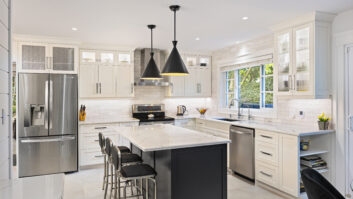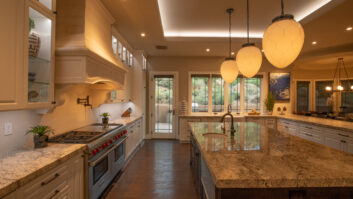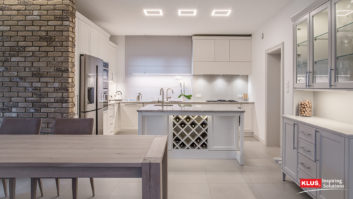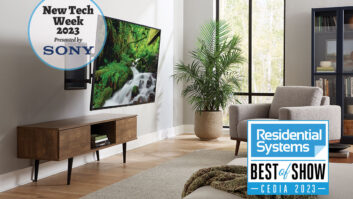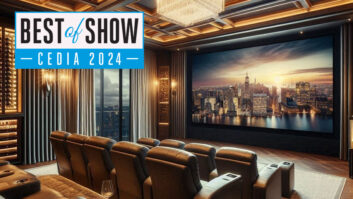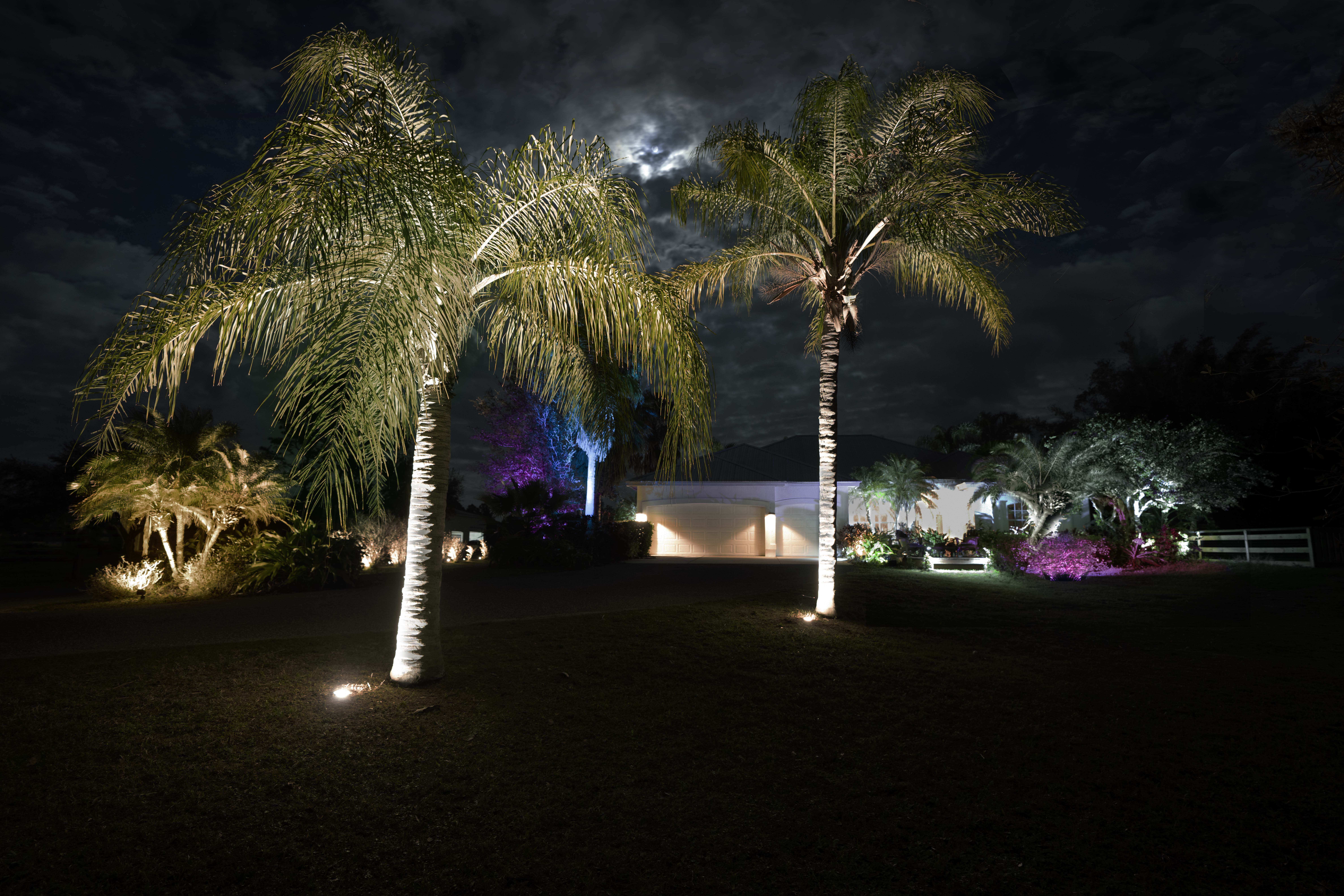Hands-on experience is better than any sales pitch or training session. I have always found it difficult to explain in words and pictures some of the sub-systems we market. Lighting control has long been a category for which clients do not always understand the benefits, but once they have it installed I often hear that they would never go back to “dumb” lighting.

Image: Thinkstock
One of the hardest things to do is to explain to a client how lighting control will work during the sales process. Obviously if you have a large enough showroom and can create a few vignettes, this does help. My strategy is to bring them to the Crestron showroom in NYC and even to my own home in New Jersey, all so they can get a feel for what an automated home and automated lighting, in particular, means. Very often, the real-life experience in the showroom or my home works, but what about those instances where a client cannot make it to a showroom (or you, the dealer, do not have a showroom of your own or a manufacturer showroom nearby)? I try to do my best with what I can in those situations; I carry around some keypads in my bag to help with explanations, I have brochures, and I have refined my pitch and descriptions and examples over and over.
For example, we recently took over an AV project that was far outside of NYC and not near my home in New Jersey. While going over the system and walking from room to room, the client was getting frustrated with figuring out which light switch did what — there were some five- and six-gang boxes, as the original architect had way over-engineered the lighting. That led to a discussion of lighting control. The client was definitely interested, but a little confused as to how it would work and what would change.
We spent a lot of time going over different scenarios of how lighting control works, such as the “goodbye” button, “room on,” and “room off” buttons, “welcome”, “entertain”, “goodnight,” etc. I pulled out and explained the keypads in my bag to help demonstrate with a visual. He said he got it, but the look on his face said he didn’t. This client is a fairly young guy, maybe 40 or 45 years old, who is very adept with his computer and smartphone, so I felt he would understand and appreciate the ease and usefulness of lighting control. I suggested we start with just the first floor so he could get a sense of what the real-life experience would be like.
We had an electrician come in, and we replaced about 20 switches with smart dimmers and keypads. We didn’t change any topology (no hiding dimmers in closets and putting a single keypad on the wall) as the client wasn’t ready for that level of invasiveness. Instead, in each room there is a keypad that not only controls the load it is attached to but also has a “room on” and “room off” button linked to scenes that the client can adjust himself with Crestron PYNG. After walking him through how each room would work, I showed him how he can adjust what each scene does so he can control the lights that turn on and to what level they turn on for each “room on” command.
I contacted the client a week later, and he was more than ready to move forward with the rest of the apartment, as well as possibly adding some automated shading in the bedrooms and living room. We were able to take a few-thousand-dollar take-over/audio-upgrade and turn it into a $20,000-plus lighting and shading project. Having the right tools (a showroom, brochures, samples on-hand) and giving the client a taste of the benefits goes a long way to making the sale for lighting control.
Stay tuned for my next installment: Selling Distributed Audio and Video, coming next week.
